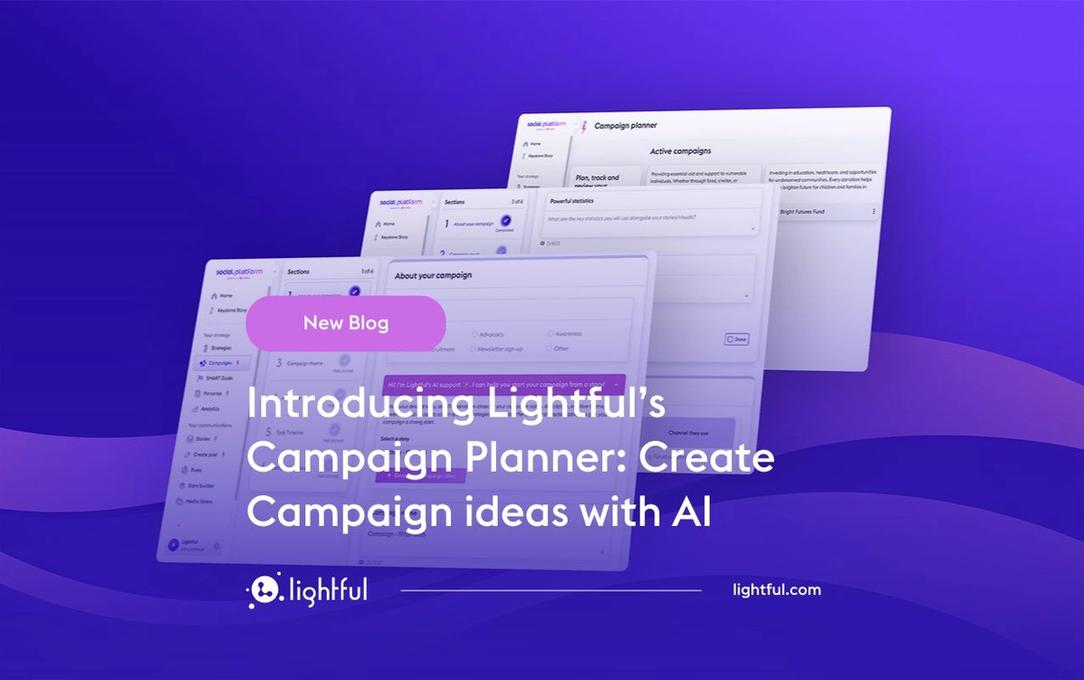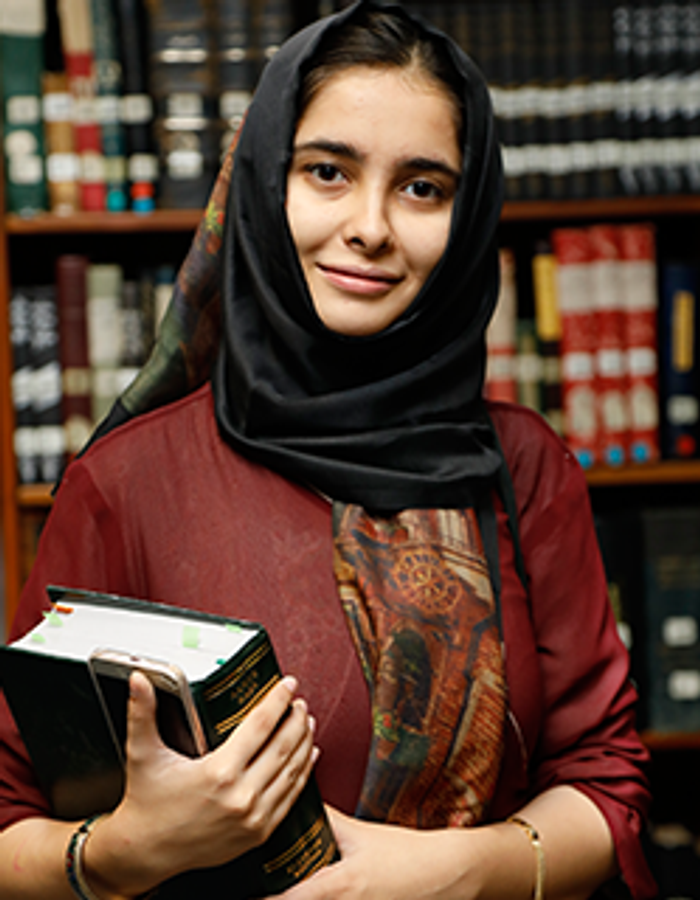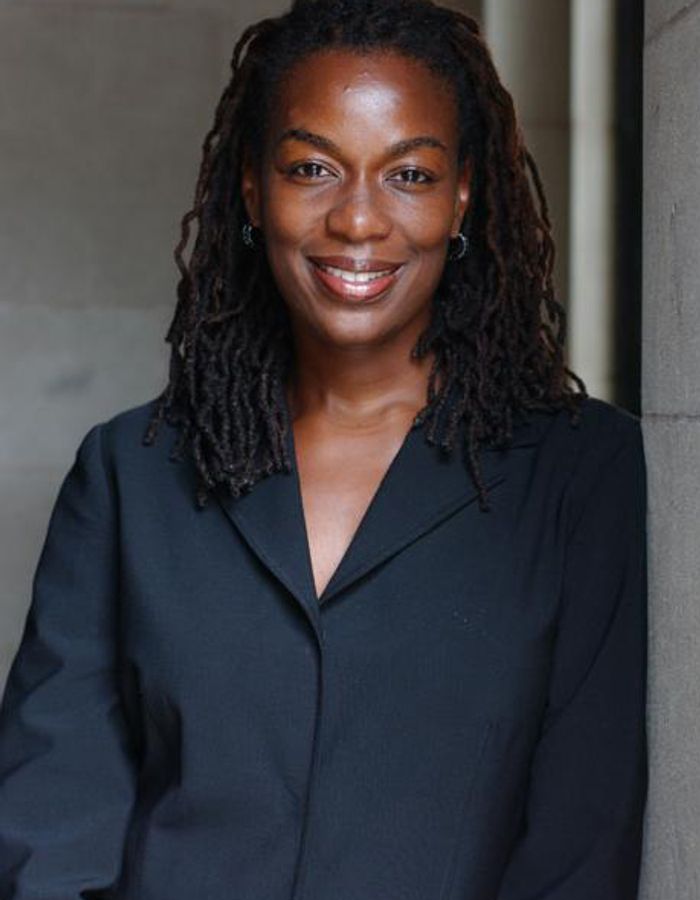How and why to create personas for your charity

Do you know how some adverts totally resonate with you and some don’t? The reason why the ones that resonate are so effective is because they have been specifically targeted at you – and others just like you. Whether you like it or not, you fit a brand’s persona and they’re creating content to try to encourage you to buy their product. Can charities do the same? Absolutely.
When you produce content for your organisation, do you have a specific user in mind? Chances are that you probably don’t. Or, if you do, it’s likely to be a generalised view of what that person might be like. In this post we’ll show you why it’s important to create personas for your audience, based on research, and how to go about it.
What is a persona?
A persona is essentially a fictional character or person who represents an audience segment of your website, services you offer, products etc. Although they are fictional, they are created using research, which should be a combination of qualitative and quantitative (your website analytics, for example). Think of them as your ideal ‘customer’. You may only have a couple of personas or you may have lots, depending on what it is your organisation does and how many people you’re trying to reach.
Why do we need personas?
Personas are incredibly useful because they are based on real people and their needs. They will help ensure that you have focus and that whatever you’re creating – whether it’s a new website, landing page, leaflet, event or video – has a particular user in mind and that you’re meeting their needs. They’re essential for segmentation, so that you’re only targeting relevant groups when sending out an email or advertising on social media. By tailoring content to a specific audience, you’re more likely to convert them, whether that’s getting them to sign a petition, make a donation or sign up for a fundraising challenge.
When should we create personas?
Ideally, personas are created at the beginning of a project – whether that’s building a website, planning a fundraising event or creating an awareness campaign. But it’s never too late to create personas! Chances are you have already created personas in your head but it’s worth spending some time researching and testing these personas and then writing them down so they’re always on hand. And don’t keep them to yourself – personas are not just for marketing – they’re relevant to everyone in your organisation so make sure you share them and make them available to everyone, in a shared drive folder or online folder .
What research should we do?
We suggest a combination of qualitative and quantitative research as this will give you greater insights into your audience. Qualitative research could include speaking to people on the phone, creating an online survey with open questions or running face-to-face focus groups. Quantitative research could include looking at your website analytics, analysing quantitative survey results, looking at national demographic data, behavioural trends or using any relevant data at your disposal. Here’s a great post from Usability.Gov on undertaking user research.
How to create personas
When creating personas for your audience, ask these three questions:
- Who is my ideal user?
- What are the current behaviours of my users?
- What are the needs and goals of my users?
Once you’ve got your answers, it’s time to flesh out your personas. There is no set template but here are some attributes you would want to capture:
- Give your persona a name, age, gender, marital status, location, occupation and salary indication
- What are their goals?
- What challenges do they face in reaching those goals?
- Additional information such as what newspapers they read, TV shows they watch, where they shop, brands they like etc
Here’s an example
You’re a youth charity who aims to provide internship, work experience or volunteering opportunities to young people to help them learn new skills or gain experience to add to their CV. You’re creating a recruitment campaign to target students who would like work experience and the opportunity to learn a range of skills from a local business.
Persona: Student (work experience)
Name: Naveed
Age: 18
Gender: Male
Marital Status: Has a girlfriend but not cohabiting
Occupation: First year graphic design student
Income: None
Location: Manchester
Goals: Naveed would like to work for a creative advertising agency when he finishes his qualification. He knows he would need to stand out in this competitive space and have a portfolio that goes beyond just his university assignments. He’s looking for flexible opportunities to work on design projects in and around Manchester.
Challenges: Although there are many businesses in Manchester that Naveed could apply to get some experience at, he is apprehensive at cold calling them. He would prefer to know if they had work experience or internships available and then apply. Ideally he would like one site that would give him all that information and even better, if they could match him to appropriate opportunities.
Hobbies & interests: In his spare time, Naveed enjoys reading science fiction novels and is a Star Wars fan. He also enjoys cooking and is learning how to cook from his mother. He gets all his news from Facebook but only goes on Facebook a couple of times a week. He prefers Snapchat and Instagram. Brands he likes are Topman, Nike and Urban Outfitters.
How would we target Naveed?
Using this persona, we would look at whether our website is meeting Naveed’s goals. Are the user journeys meeting his needs? Is our application form optimised? Could we improve the SEO on our website?
The type of content we would create for our campaign to target this persona could include:
Instagram: Using posts to showcase students who have been matched with appropriate work experience. The posts would prompt people to check out the Instastory where the students would share videos and photos to tell their story further. We would use relevant hashtags to target this persona, such as #futureready #studentlife. In the Instastory there would be a Swipe Up option which would take the user to a landing page to register their details.
Blog: We would create a series of blog posts with targeted keywords to reach students like Naveed who are looking for work experience. An example post could be: 5 top tips to land work experience. At the end of the post would be a call to action button to register their details.
Other personas we could have created for this youth charity are: student (volunteering opportunities), local business owner (small business), local business (large) etc. Each of these personas require different messages to get their attention and spark their interest.
Ready to get started?
If you don’t already have personas for your target audiences, now is the time to create them. Don’t forget to undertake your research first and then use the template to write your personas out. Once you’ve done that, share them with others at your charity. Then, have a specific persona in mind the next time you create content. Lastly, measure how that content performed. After a month or so, take a look at how your new content has performed against the content you created before you had a persona in mind. You should notice a difference!
Latest articles

Over the past year, Lightful and the International Confederation of Midwives (ICM) have supported Midwives Associations across Africa, South Asia and the Eastern Mediterranean to build their digital confidence through our BRIDGE programme. These organisations were starting from very different places, but all shared the same goal: to use digital tools to strengthen their voice, raise their visibility and advocate for better outcomes for women and babies.
Related posts

Introducing Lightful’s Campaign Planner: Create Campaign ideas with AI

We’ve said many times that every organisation, no matter how big or small, should have a social media strategy. This is so that you can see whether you’re successfully reaching and engaging with your audience. A strategy doesn’t need to be a big scary document – it can simply be a page or two that sets out your goals, how you’ll achieve them and then what metrics you have in place to measure success.
See who we help
Contact us
Want to learn more?
Email Jonathan and start a conversation






